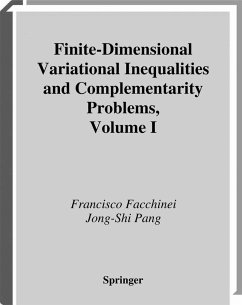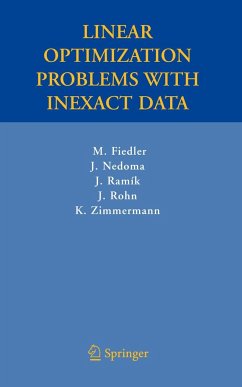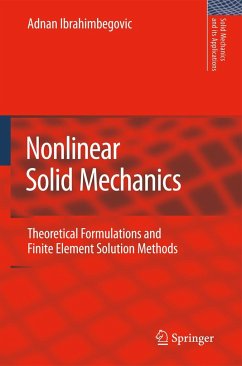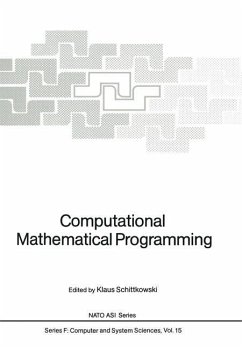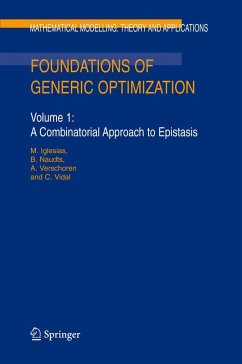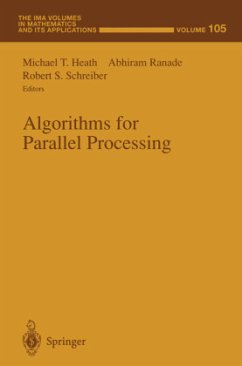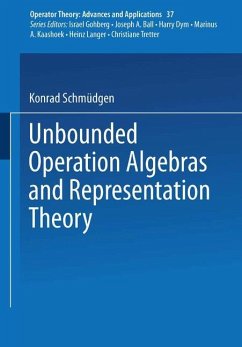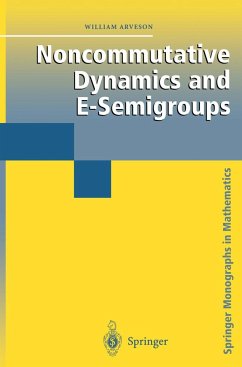Nicht lieferbar
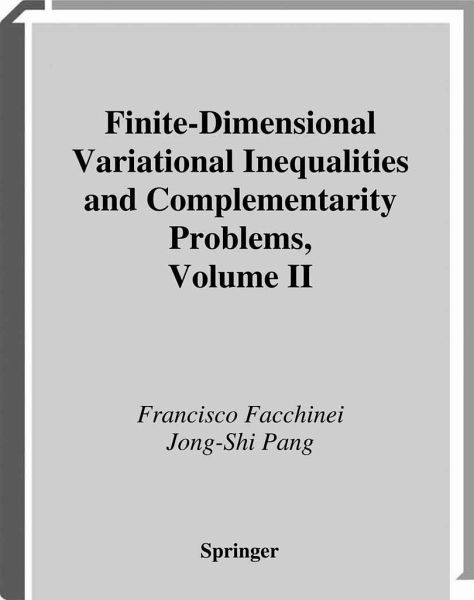
Finite-Dimensional Variational Inequalities and Complementarity Problems
Versandkostenfrei!
Nicht lieferbar
Weitere Ausgaben:
In the Kyoto Protocol to the UN Framework Convention on Climate Change, industrialized countries agreed on binding absolute targets for greenhouse gas emissions and on the admission of flexible market-economy instruments - such as emissions trading, joint implementation and the clean development mechanism - used for reaching the targets. The contributions in this volume reveal that flexible instruments can lower the costs of climate protection considerably - not only in theory, but also in practice. Concerning implementation, it will be necessary to take care of possible loopholes, uncertainties and transaction costs which may be too high if no proper design is chosen.
The ?nite-dimensional nonlinear complementarity problem (NCP) is a s- tem of ?nitely many nonlinear inequalities in ?nitely many nonnegative variables along with a special equation that expresses the complementary relationship between the variables and corresponding inequalities. This complementarity condition is the key feature distinguishing the NCP from a general inequality system, lies at the heart of all constrained optimi- tion problems in ?nite dimensions, provides a powerful framework for the modeling of equilibria of many kinds, and exhibits a natural link between smooth and nonsmooth mathematics. The ?nite-dimensional variational inequality (VI), which is a generalization of the NCP, provides a broad unifying setting for the study of optimization and equilibrium problems and serves as the main computational framework for the practical solution of a host of continuum problems in the mathematical sciences. The systematic study of the ?nite-dimensional NCP and VI began in the mid-1960s; in a span of four decades, the subject has developed into a very fruitful discipline in the ?eld of mathematical programming. The - velopments include a rich mathematical theory, a host of e?ective solution algorithms, a multitude of interesting connections to numerous disciplines, and a wide range of important applications in engineering and economics. As a result of their broad associations, the literature of the VI/CP has bene?ted from contributions made by mathematicians (pure, applied, and computational), computer scientists, engineers of many kinds (civil, ch- ical, electrical, mechanical, and systems), and economists of diverse exp- tise (agricultural, computational, energy, ?nancial, and spatial).






